“Sometimes one likes foolish people for their folly, better than wise people for their wisdom.”
—Elizabeth Gaskell
Elizabeth Cleghorn Stevenson was born on this day in London, England in 1810. Today is the 202nd anniversary of her birth.
The youngest of eight children, she was just a little over a year old when her mother died. Her father, William Stevenson, a Scottish Unitarian minister, was not up to taking care of the baby and Elizabeth (Lily) went to live with her maternal aunt Hannah Lumb, whom she affectionately referred to as her “more than mother,” at Heathwaite House in the small town of Knutsford, Cheshire. There she enjoyed the affections of several aunts and other single ladies (either widows or spinsters) in the town. Her aunt taught her read. She went to Miss Byerlys school at Barford House and later to Avonbank in Stratford-on-Avon. Her education was traditional for a well-bred Victorian girl. She learned the classics, art, music and social graces at finishing school, while her father encouraged her writing and her brother John (John and Elizabeth were the only siblings to survive past infancy), who was in the Merchant Navy, sent her books and wrote her letters from his posts around the world .
When Elizabeth was nine she visited her father in London. He had remarried, and, unfortunately, Elizabeth did not get along with her new stepmother, Catherine Thomson. To complicate matters William and Catherine preferred their own children, and Elizabeth often felt like the odd man out. Eventually she was sent to live with a distant relative, another William, William Turner. Turner was a
A staunch proponent of reform and the abolition of oppressive and inhumane practices such as slavery, his outspoken criticisms profoundly affected Elizabeth’s values and her perspective on life. [The Literature Network]

Elizabeth Gaskell around the time of her marriage, 1832 (Image courtesy: Jane Austen’s World)
She married William Gaskell, a minister in Knutsford in 1832. The Gaskells lived in Manchester. They had six children; a stillborn daughter, a son, who died in infancy from scarlet fever, and four girls. “As the wife of a minister and mother to four growing girls, Gaskell’s life was hectic: they both taught Sunday school and volunteered for much-needed charitable causes in Manchester.” [The Literature Network] — Manchester, a mill town, had a lot of poor and working poor and Gaskell witnessed it first hand as she worked among them lending charity where she could.
Still, Elizabeth found time to write, keeping a diary about her growing daughters and the job she and her husband were doing as parents. William and Elizabeth collaborated on some poems, Sketches among the Poor which were published in 1837.
In 1840 Clopton Hall, Elizabeth’s first solo work to be published, appeared in William Howitt’s Visits to Remarkable Places. It was attributed to “a lady.” Later that year Howitt included her Notes on Cheshire Customs in his The Rural Life of England.
She used the pseudonym Cotton Mather Mills to write short story fiction until she published her first novel, Mary Barton in 1948.
In Mary Barton Gaskell drew on the devastation she felt after loosing her son. She also wrote about the hardships of the poor she saw all around her. The novel was published anonymously but it garnered praise from admirers like Charles Dickens, Thomas Carlyle, Charles Kingsley and John Ruskin. Other critics, however, were not so kind. They didn’t appreciate her scathing portrait of conditions in the mills or her calls for social reforms.
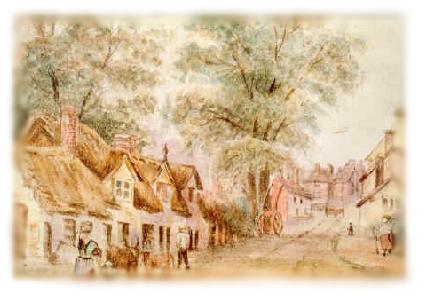
Real life Knutsford circa 1860, was the model for fictional Cranford. [Image courtesy Jane Austen World]
In this witty and poignant comedy of early Victorian life in a country town, Elizabeth Gaskell describes the uneventful lives of the lady-like inhabitants so as to offer an ironic commentary on the diverse experiences of men and women. [The Literature Network]
Cranford was published in book form in 1853. As was Gaskell’s novel Ruth.
Like Mary Barton, Ruth raised a lot of eyebrows in Victorian England as its title character is a “fallen woman.” But Gaskell’s point is not the seduction or Ruth’s “loose morals” but the circumstances that led to the affair, and the web of lies and deception that cover up her “fall”. The novel is a little uneven with some of the characters merely looking down their Victorian noses disapprovingly in a 2 demensional cartoon manner — Mrs. Benson– or accepting their fate with angelic grace — Ruth– while, fortunately others are more fleshed out and interesting — the kind Thurstons totally won my heart. [Can some one please make this novel into a movie so Peter Dinklage can play Rev. Thurston?]
North and South is the second of Gaskell’s “industrial novels.” It was better received than Mary Barton because it gave a more even-handed description of life in a mill town. In North and South Gaskell has the working poor (and — when a strike devastates the town — the sometimes NOT working poor) but she also gets into the head of the Mill Owner, Mr. Thornton. Between both camps is Margaret Hale who happens to be the daughter of a minister. North and South was serialized in Household Words before it was published as book.
Her next book was far more personal. Elizabeth Gaskell met Charlotte Bronte in 1850 while in the Lake District. The two became close friends, writing frequently. They visited each other several times. After Charlotte’s death in 1855.the Reverend Patrick Bronte, for himself and on behalf of Brontes’s husband Arthur Bell Nicholls, asked Gaskell to write her biography in response to gossip and speculation. The Life of Charlotte Bronte was published in 1857. Gaskell spent much time researching, gathering material, and reading the letters of the eldest Bronte sister, and while she had set out to write a biography, the first edition was seen as an artful weaving of fact and fiction. [The Literarure Network]
It was “a pioneering biography of one great Victorian woman novelist by another.” [Google Books]
In 1863 she was paid 1,000 pounds for her novel Sylvia’s Lovers. (Mary Barton had brought her only 100 pounds.) A tragic love story set against the Napoleonic Wars Sylvia’s Lovers is one of her least well known novels.
Wives and Daughters was also serialized (this time in Cornhill Magazine) before it came out as a novel. It was the last book Gaskell wrote before she died (She didn’t quite finish it, and it was left to Frederick Greenwood to finish it off.) Molly Gibson’s mother died when she was very youngEngland is at war with France, and press-gangs wreak havoc by seizing young men for service. One of their victims is a whaling harpooner named Charley Kinraid, whose charm and vivacity have captured the heart of Sylvia Robson. But Sylvia’s devoted cousin, Philip Hepburn, hopes to marry her himself and, in order to win her, deliberately withholds crucial information—with devastating consequences. [Good Reads]
Wives and Daughters centers on the story of youthful Molly Gibson, brought up from childhood by her father. When he remarries, a new step-sister enters Molly’s quiet life – loveable, but worldly and troubling, Cynthia. The narrative traces the development of the two girls into womanhood within the gossiping and watchful society of Hollingford. [Good Reads]
Gaskell also wrote dozens of short stories, especially ghost stories that she published both in magazines and in collections.
Elizabeth Gaskell died unexpectantly of a heart attack on November 12, 1865.
————————-
Published works by Elizabeth Gaskell [Courtesy: The Titi Tudorancea Learning Center]
Novels
Mary Barton (1848)
Cranford (1851–3)
Ruth (1853)
North and South (1854–5)
Sylvia’s Lovers (1863)
Wives and Daughters: An Everyday Story (1865)Novellas and collections
”The Moorland Cottage” (1850)
”Mr. Harrison’s Confessions (1851)
”The Old Nurse’s Story” (1852)
”Lizzie Leigh” (1855)
”My Lady Ludlow” (1859)
”Round the Sofa” (1859)
”Lois the Witch” (1861)
”A Dark Night’s Work” (1863)
”Cousin Phillis” (1864)Short stories (partial)
Libbie Marsh’s Three Eras (1847)
Christmas Storms and Sunshine (1848)
The Squire’s Story (1853)
Half a Life-time Ago (1855)
An Accursed Race (1855)
The Poor Clare (1856)
“The Manchester Marriage” (1858), a chapter of A House to Let, co-written with Charles Dickens, Wilkie Collins, and Adelaide Anne Procter
The Haunted House (1859), co-written with Charles Dickens, Wilkie Collins, Adelaide Proctor, George Sala and Hesba Stretton.
The Half-brothers (1859)
The Grey Woman (1861)Non-fiction
The Life of Charlotte Brontë (1857)



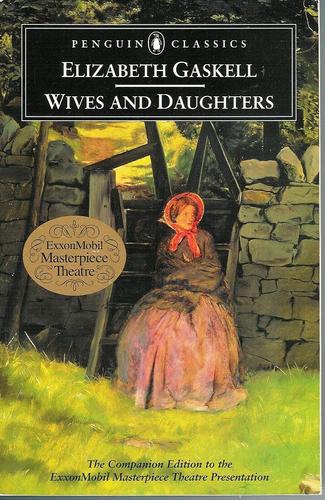


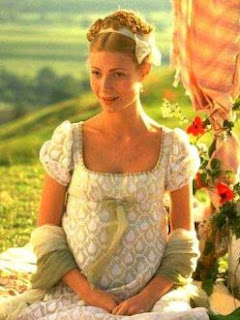


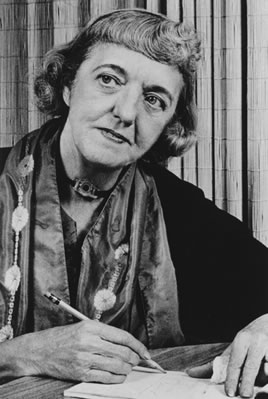
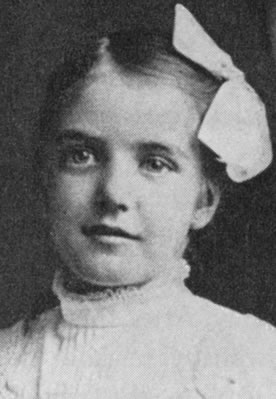
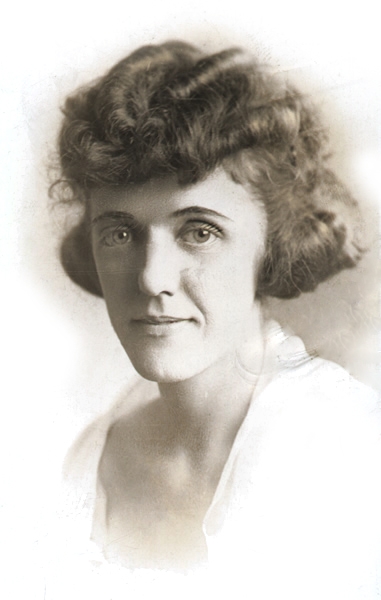
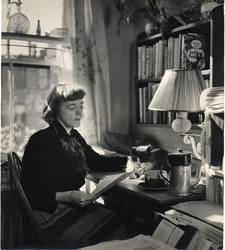





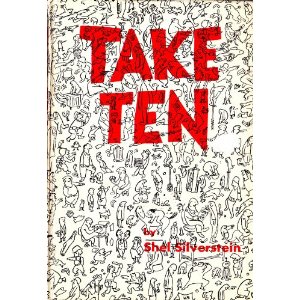


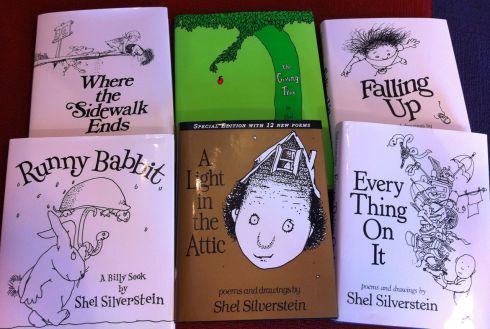






![sesame_street_jim_henson_frank_oz[1]](https://ritalovestowrite.com/wp-content/uploads/2012/09/sesame_street_jim_henson_frank_oz1.jpg?w=490&h=295)


